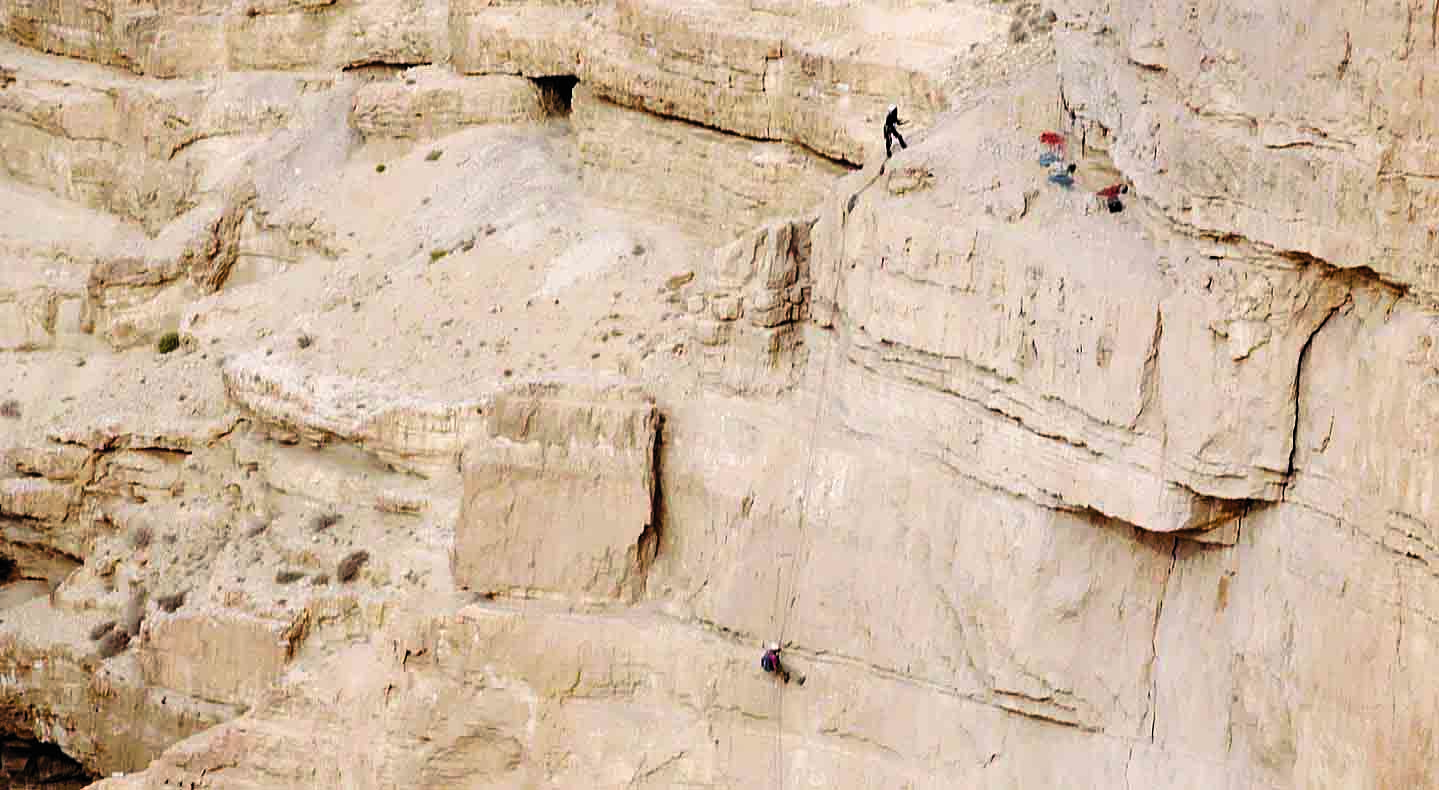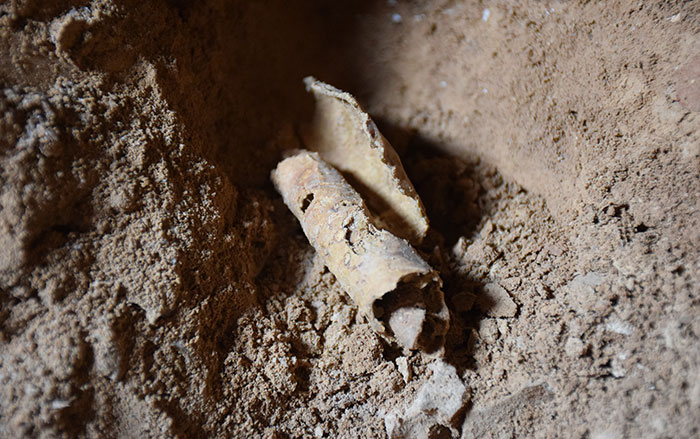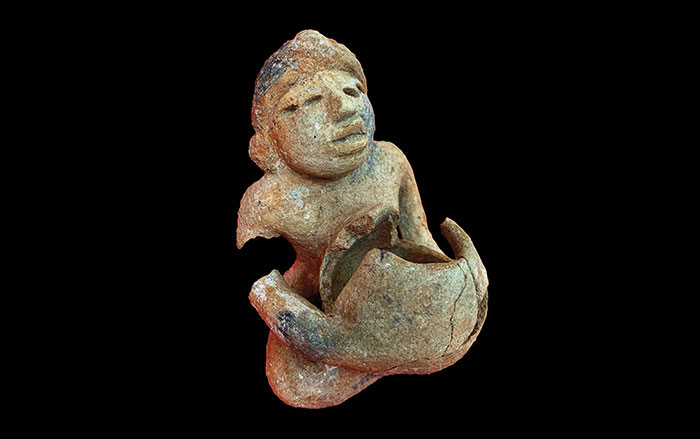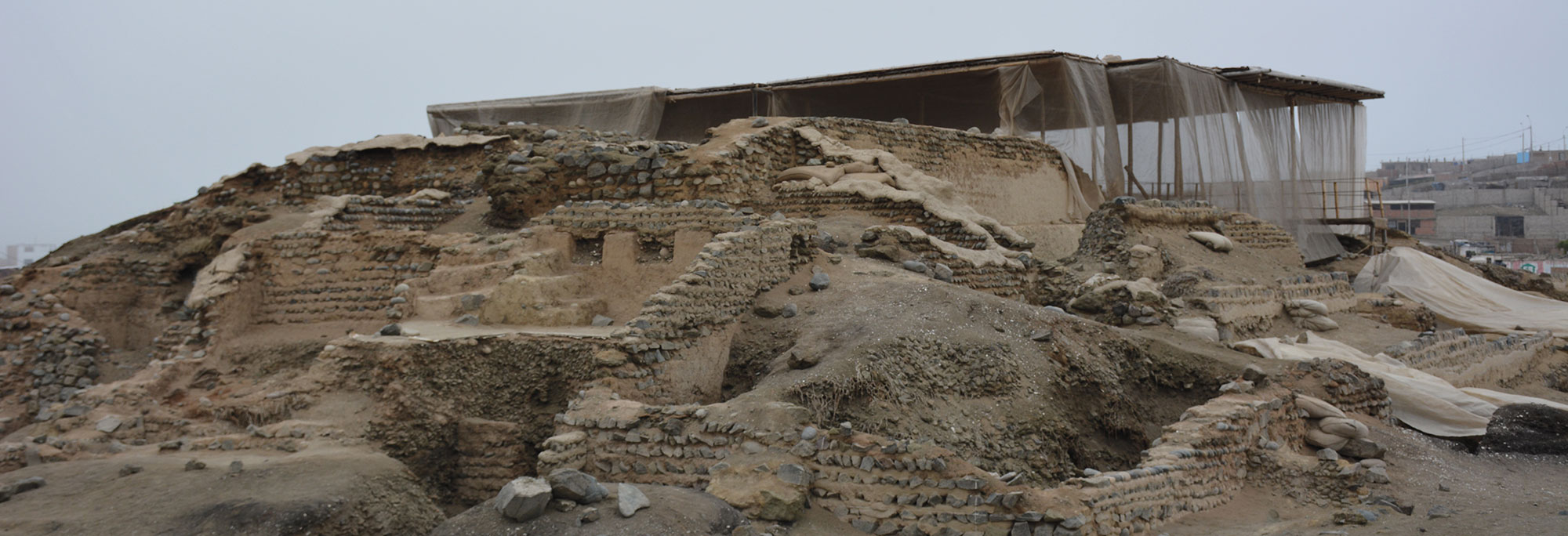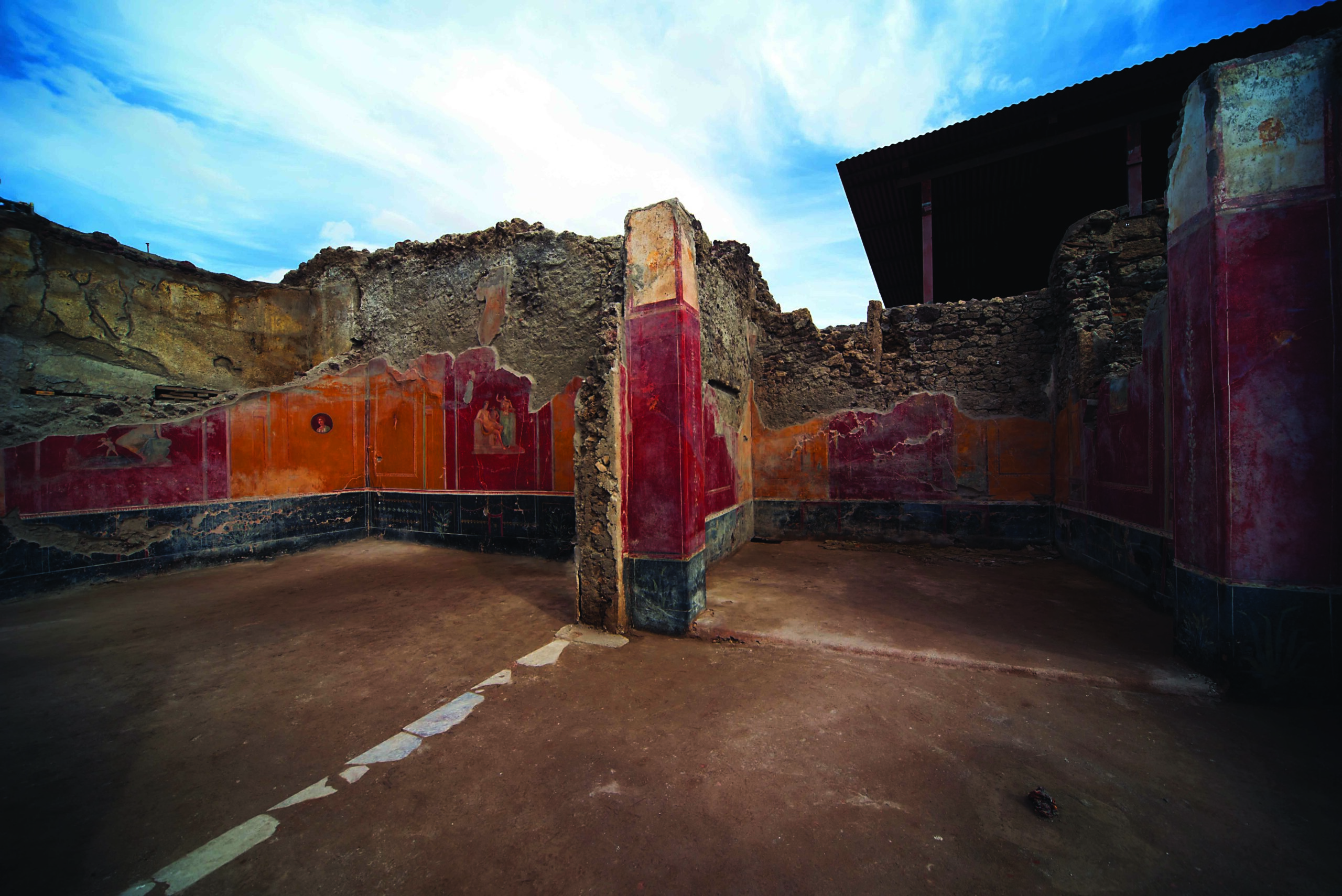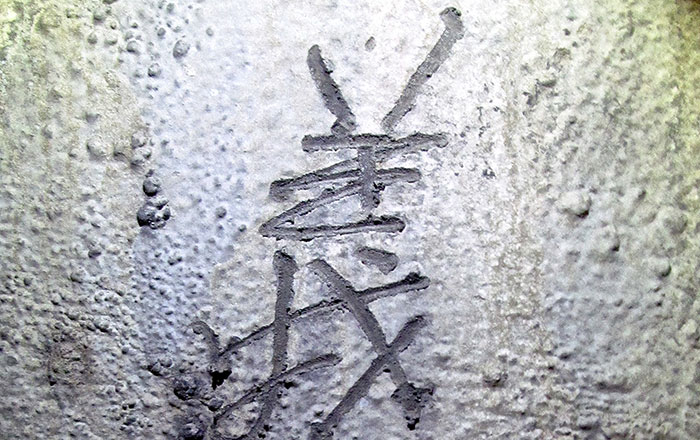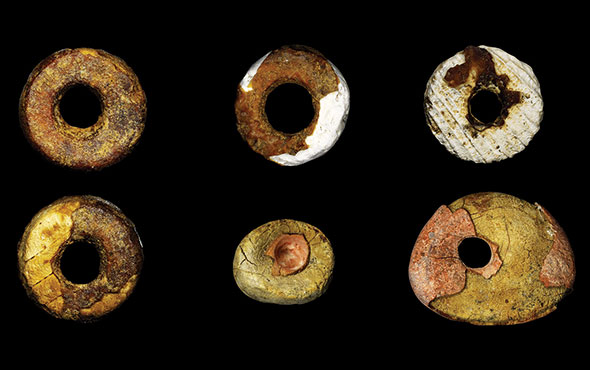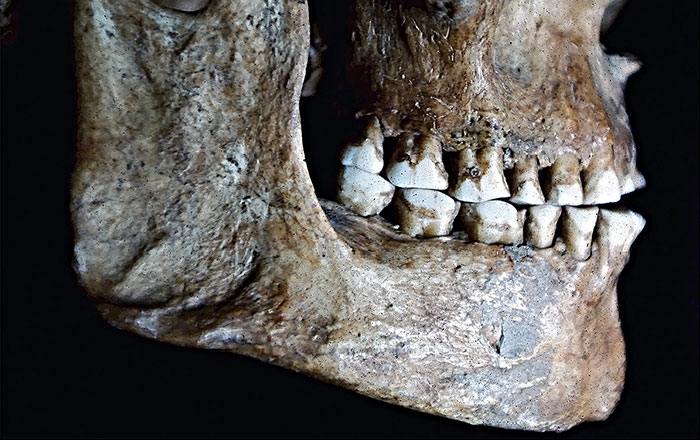
CAMBRIDGE, MASSACHUSETTS—According to a Live Science report, a new study of the chemical composition of the 2,000-year-old Temple Scroll revealed traces of a salty mineral solution that could account for its remarkable state of preservation. The Temple Scroll is one of nearly 1,000 Jewish religious manuscripts known as the Dead Sea Scrolls, the first of which were discovered in caves on the shores of Israel’s Dead Sea in the 1940s. Researchers led by Admir Masic of the Massachusetts Institute of Technology conducted several tests on a fragment of the scroll, including X-ray scans and Raman spectroscopy, a technique that determines a substance's chemical composition by analyzing how laser light scatters off chemical elements. The analysis detected salts made of sulfur, sodium, calcium, and other elements, but the salts did not match those found on the cave floor where the parchment was discovered, or those found in the Dead Sea. This suggests that they were purposefully applied as part of the parchment-making process, the researchers explained. None of the other Dead Sea Scrolls was finished in this way. For more on the Dead Sea Scrolls, go to "Scroll Search."


